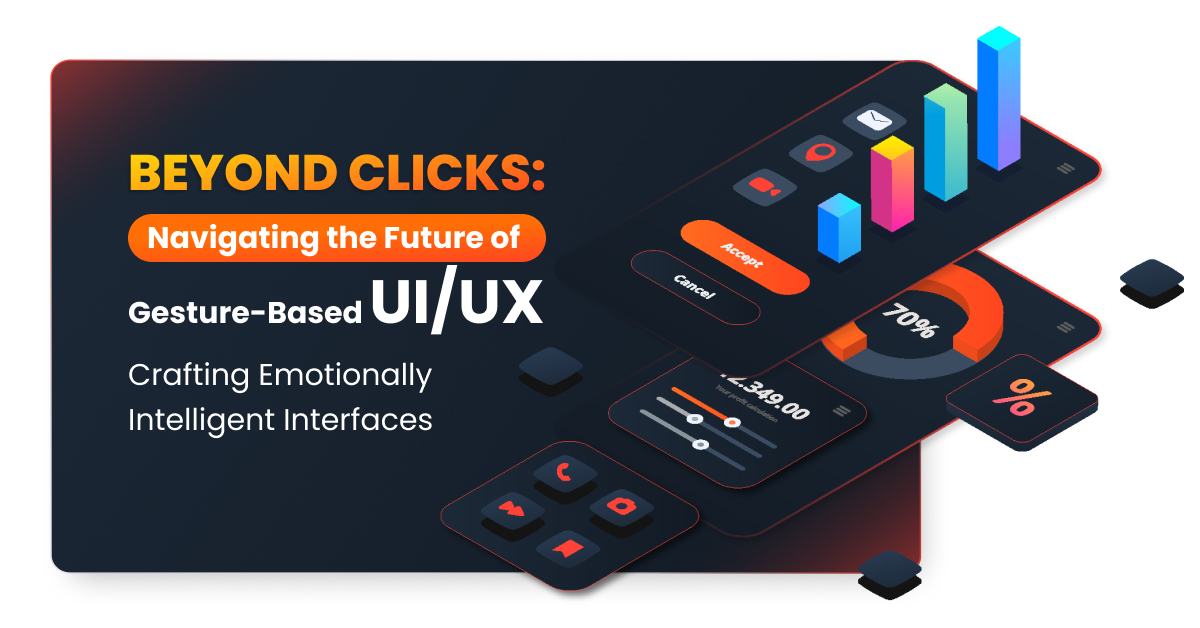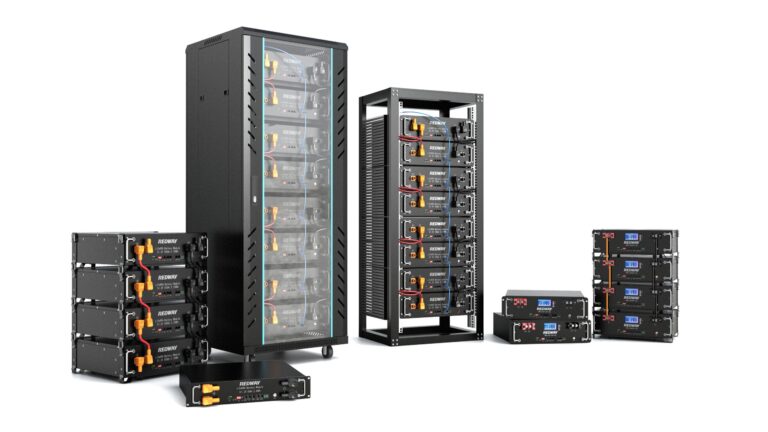As technology evolves, so too must the ways users interact with their devices. Touchscreens revolutionized the user experience by allowing direct manipulation, but new interfaces are emerging that go beyond clicks and taps. Gesture recognition enables natural interactions through motions and movements of the hands, eyes, or body. This represents the next phase in user-centered design. By learning a UI UX Design Course Online, designers can gain insights into crafting intuitive gesture-based experiences. With innovative technologies, users may soon navigate interfaces with simple swipes and gestures rather than physical buttons or touch. The future of user experiences lies in minimizing cognitive load and maximizing ease of use through seamless gesture control.
The Rise of Gesture-Based Interfaces
Gesture-based interfaces have emerged as the next evolution in human-computer interaction. As touchscreens have become ubiquitous, users now expect even more intuitive and natural ways to engage with technology beyond clicks and taps. Forward-thinking companies are developing innovative gesture recognition technologies using cameras, sensors, and machine learning algorithms. These allow devices to understand sign language, detect hand movements, and interpret facial expressions. Major tech giants are investing heavily in this area to develop the interfaces of the future. The ability to control screens, appliances, and more with simple gestures promises to deliver a more seamless digital experience. As technology advances, gesture-based interfaces seem poised to rise further into the mainstream.
Understanding Human-Computer Interaction
Human-computer interaction (HCI) focuses on designing interfaces that are intuitive and easy for humans to use. As technology progresses, the ways we interact with devices must evolve to minimize cognitive load and maximize usability. Traditional interfaces rely on direct manipulation through buttons, menus, and gestures like clicking.
However, these interactions can sometimes be cumbersome or non-natural for users. Gesture-based interfaces show promise in delivering a more seamless experience by recognizing natural hand motions, sign language, gaze, and facial expressions. This allows for more fluid control and navigation. A deeper understanding of human-computer interaction principles is important for UX designers to develop intuitive gesture experiences. Research on human factors, cognitive psychology, and user behavior can provide insights for crafting interfaces aligned with how people naturally communicate. The future of HCI lies at the intersection of innovative technologies and human-centered design.
Challenges and Opportunities
While gesture-based interfaces provide many advantages over traditional click-based interactions, realizing their full potential will require navigating several challenges along the way.
- Accuracy and reliability of gesture recognition technologies: Gesture recognition systems must be able to accurately interpret intended commands while filtering out accidental or unrelated motions. Improving algorithms through machine learning and larger datasets can help address this challenge.
- Standardization of gesture vocabularies: Without common conventions, different devices may use conflicting gestures for the same functions. The industry needs to work towards more standardized sets of intuitive gestures for consistency.
- Accessibility and inclusiveness: Gesture interfaces may create barriers for some users with disabilities or limitations. Inclusive design approaches are needed to ensure accessibility for all.
- User experience and learnability: Users need to easily learn gesture commands without manuals. Systems should provide feedback and support gradual learning through the intuitive mapping of gestures to expected outcomes.
- Security and privacy: Gestures could potentially be observed and impersonated without a user’s consent. Robust authentication techniques are required to maintain privacy while allowing natural interactions.
- Context awareness: Gestures may depend on context which is difficult for systems to discern. Interfaces need to understand contextual cues to accurately map gestures to intended commands.
- User preferences: Some users may prefer touch or other modalities over gestures. Systems should provide flexibility to choose interaction methods based on personal comfort.
Real-World Applications
Gesture recognition is already being applied in various real-world domains. Smartphones and tablets now support basic gestures for media control and navigation. Laptops use gestures to control volume, scroll through pages, and switch virtual desktops. Interactive displays at museums and public spaces allow visitors to explore exhibits and content through intuitive hand motions. Cars are integrating gesture control for infotainment systems and climate settings. Appliances like smart TVs and refrigerators are incorporating gesture commands. Even whole-home automation systems may soon be navigable through gestures. As the technology matures further, the scope of gesture interfaces will likely expand into more applications.
Technological Innovations Driving Change
Rapid advancements in areas like computer vision, machine learning, and sensor technologies are fueling the development of more powerful and accurate gesture recognition systems. Advanced cameras with higher resolutions and frame rates now enable sophisticated computer vision algorithms to interpret hand and body motions in 3D space. The proliferation of affordable depth sensors like LiDAR further aids in gesture tracking.
Meanwhile, machine learning models trained on vast datasets are able to continuously improve recognition abilities. Advances in networking and edge computing also allow for inferences to occur locally on devices or in the cloud. Miniaturized sensors are now being embedded in diverse devices from smartphones and wearables to home appliances. As these underlying technologies progress, they will drive gesture interfaces to become more seamless and ubiquitous. The future promises a world where natural human gestures are the primary means of interaction.
Looking Ahead: Future Trends and Predictions
As gesture recognition capabilities advance rapidly, this interface modality is expected to grow significantly in the coming years. Gestures may eventually replace touchscreens and become the primary means of interaction for many devices. Three-dimensional gestures and full-body motions will expand what’s possible. Advanced AI and contextual awareness will make gestures even more intuitive. Integration with augmented reality could allow for gestural manipulation of virtual objects. Gesture payment systems and biometric authentication are areas to watch. As the technology matures, it will fade into the background for a fully natural user experience. The near future promises a world of seamless gestural interactions.
Conclusion
In conclusion, gesture-based user interfaces represent the next phase in the evolution of human-computer interaction. As technologies like computer vision, machine learning, and edge computing continue advancing, they will enable even more natural and intuitive gestural experiences. While there are challenges to address around standardization, accessibility, and security, overcoming these will help usher ubiquitous gesture control across all domains. With ongoing innovation as well as user research, designers can craft experiences optimized for an effortless gestural paradigm. The future promises a seamless digital world navigable through simple motions of the hands.







